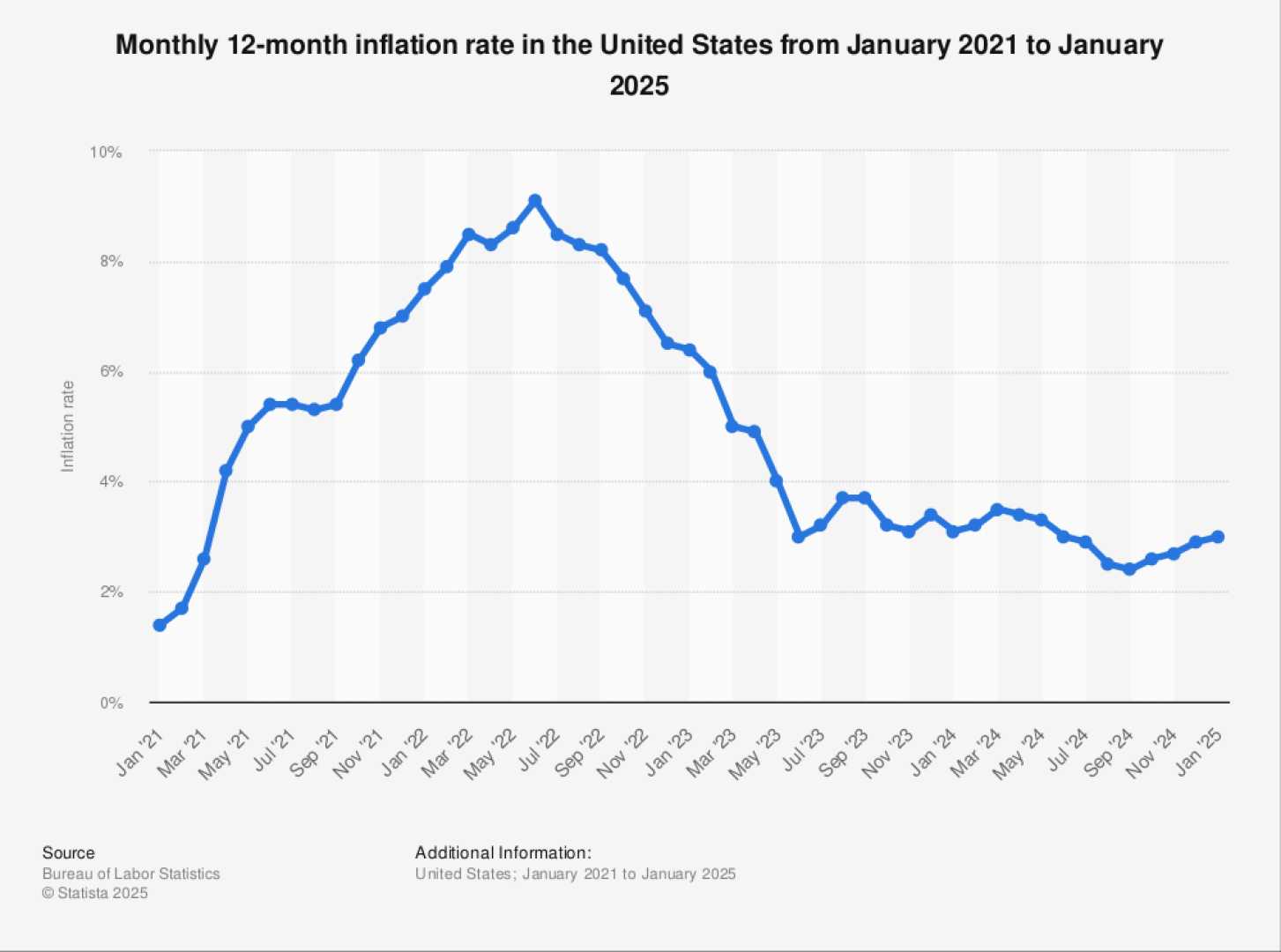Business
Retail Sales Rise Despite Tariffs Impacting Consumer Prices

Washington, D.C. — Retail sales in the United States increased by 0.6% in June 2025, according to the Commerce Department. This rise follows a significant decline of 0.9% in May, suggesting a resilience in consumer spending amidst economic pressures from President Donald Trump’s tariffs.
The June figures surpassed economists’ predictions that anticipated a modest 0.2% increase, highlighting a rebound in consumer confidence. These sales figures are adjusted for seasonal variations but do not account for inflation, which is a growing concern among policymakers.
Since consumer spending constitutes about two-thirds of the U.S. economy, analysts are closely monitoring the impact of rising prices due to tariffs on household goods. Stephen Kates, a financial analyst at Bankrate, emphasized, “The tariffs are finally manifesting after a belief that the economy might evade significant impacts.”
Data from the Bureau of Labor Statistics indicates an annual inflation rate of 2.7% for June 2025, the highest since February. Core inflation, which excludes food and energy, reached 2.9% in the same period, complicating the economic landscape as prices for essential items like eggs and beef have surged due to increasing import costs.
Prices for many consumer goods rose, with economists suggesting that ongoing inflation pressures might not subside until 2027, driven predominantly by elevated import taxes. Reports reveal that across approximately 400 tracked items, about 72% experienced price increases over the past year.
With rent prices also rising by 28.5% since the pandemic, many consumers feel the financial strain. Nonetheless, June’s retail sales figures suggest a glimmer of consumer resilience. As the economy adapts, the impact of tariffs will continue to be a key focus for investors and policymakers alike.












